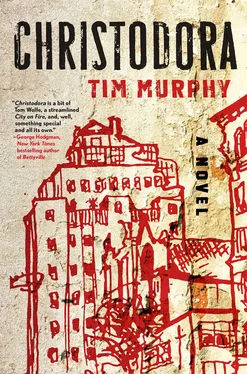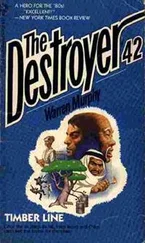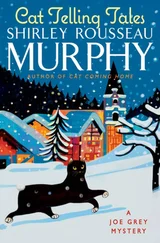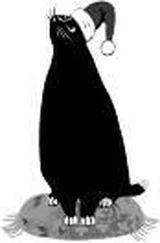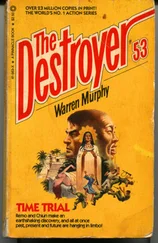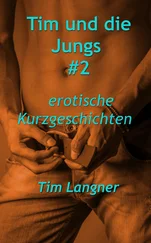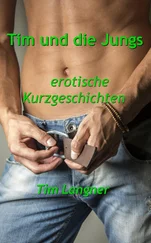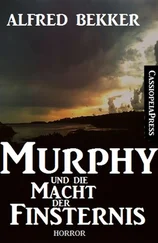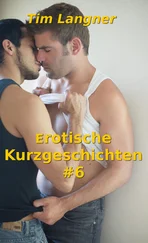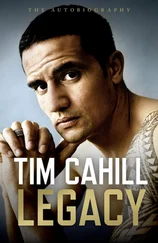“Milly, this is Charlie Gauthier. Char, this is Milly Heyman, my mom.”
From afar, a woman who’d been conferring with two assistants walked forward. “Millicent Heyman!” the woman exclaimed, her arms open. “Where have you been?”
Milly flushed in pleasure and shame. It was Ruby Levin, the head of Creative Production Fund. She was one of so many people Milly had dropped contact with over the past few years. Events not attended, e-mails not replied to, friendships not maintained.
Milly took her hug. “I’ve been a total disaster,” she said. “Can you forgive me?”
“Shut up!” Ruby crowed. “Forgive you? I’m just thrilled to see you. I’m going to pimp you out for our fall fund-raiser.”
“I’m useless!” Milly cried.
“Oh, shut up,” Ruby clucked. She stepped back, held both arms wide in her mama-bear manner. “Mother and son artists at the same project site!” she declared. “I am loving this moment!”
Embarrassed, Milly turned to Charlie. “It’s so great to meet you,” she said. “I think you’re so fantastically talented.”
Charlie shook her hand and lightly hugged her simultaneously. “It’s great to meet you, too,” he said. “I’ve been waiting to.”
Mateo looked down, blushing. Everyone was quiet a moment.
Ruby, reliably, broke the silence. “What do you think of this gorgeousness?” she asked, pointing at the shimmering leaves.
“They’re stunning,” Milly said. She stared at them, squinting, blinking, as they twinkled before her eyes. “They look like they’re dancing off the wall.”
“It’s the paint we’re using,” said Char. “It’s superspecial.”
“It’s the most expensive paint ever created in the history of humankind,” said Ruby.
“But how—” Milly began. She couldn’t stop staring at the forest of shimmering, tiny leaves. “How do you get—”
“Show her, Mateo,” Char boomed. “Take her up and show her.”
“Go look at the paint up close, Milly,” Ruby joined on.
“Well—”
“Come on.” It was Mateo. He grabbed Milly’s hand, led her over to the scaffolding.
“This is, what?” Milly asked. “Thirty feet high?”
“Thirty-two exactly,” he said. “Go up the ladder first. I’ll come up behind you.”
“This is crazy!” she cried, giggling. She felt a little dizzy, a little crazy.
But Milly climbed all the way up to the platform, then slowly dared to turn and look around. “Oh my goodness, it looks out over the treetops! It’s so beautiful.”
Mateo climbed up on the platform next to her. “Wave to the people,” he said, and they waved down to Char and Ruby and the rest.
“Isn’t it amazing?” Ruby called up. “Soon, this whole area”—she gestured with a sweep around her—“will all be trees. Gorgeous subterranean trees.”
Milly spied the paint in a bucket, full of rich, iridescent streaks of green, blue, and gold. “That is really some wonder-paint,” she marveled.
“So,” Mateo said, picking up a stencil with an array of leaves cut into it, “I just sort of place a stencil halfway over what I did last. Like this—” He held the stencil over a blank area where he’d left off. “And then — well, here, I’ll hold the stencil. Pick up the brush and try this one.”
“I’ll mess it up,” Milly said.
“You can’t mess it up. It’s stencils; it’s like kids’ play.”
Milly dipped the wide brush into the bucket and stirred it around in the paint, which glistened to life when disturbed. Briefly, it mesmerized her. Oh, paints! she thought. Oh, the beauty of paints in their jars. “It looks like there’s diamond dust in there,” she said. The paint shimmered on the edge of the brush.
“Now come here,” Mateo said.
Milly put the brush against the stencil, began to draw it downward as streams of luminous paint trickled beneath the brush.
“No, no,” Mateo said, “watch this stroke.” He put his hand over hers on the brush and flicked it quickly left to right, as though he were spackling something. “You see how the colors in the paint open up now? Watch the blue start to emerge.”
He was right. Blue and green bloomed out of the silver, so that when he pulled away the stencil, new leaves twinkled before Milly’s eyes.
“I’ve never seen anything like that,” she said.
Mateo stepped back a pace, handed her the stencil and the heavy brush. “Here you go,” he said. “Your turn.”
Susan Golomb and Scott Cohen at Writers House and Morgan Entrekin and Peter Blackstock at Grove Atlantic all saw something in Christodora and helped me make it a better book. Also at Grove Atlantic, Deb Seager, John Mark Boling, Judy Hottensen, Elisabeth Schmitz, and Becca Putman were a joy to work alongside in putting this book out into the world. Also, Charles Rue Woods and Roberto de Vicq de Cumptich created a beautiful cover.
Several brilliant magazine editors gave me work prior to and while I was writing this book, and I count many of them as friends: Walter Armstrong, Laura Whitehorn, Jennifer Morton, Oriol Gutierrez, Carl Swanson, Jesse Oxfeld, Aileen Gallagher, Jebediah Reed, Noreen Malone, Denny Lee, Aaron Hicklin, Jeffries Blackerby, Jesse Ashlock, Maura Egan, Kai Wright, and Sally Chew.
Christodora is a work of fiction obviously inspired by the history of AIDS activism in America, particularly New York, and in my efforts to cleave to the bones, if not the fine points, of what really happened, I am indebted to the amazing documentaries How to Survive a Plague by David France and United in Anger by Jim Hubbard, as well as Sarah Schulman’s invaluable online ACT UP Oral History Project. And also to more than twenty years of in-depth coverage from the folks at POZ magazine, the closest thing to a work family this freelancer has ever had.
I am so grateful to the generous-hearted Sarah Burnes, an early reader of this book, who told me what to lose, expand on, and modulate. Other first readers were Mark Leydorf, Maria Striar, Jeffrey Golick, and James Hannaham — all members of my beloved urban family, which also includes Clint Ramos and Jason Moff, Cathay Che, Cara Buckley, Stephen Best, John Polly, Christian Del Moral, Mike Ackil, and Diana Scholl. My love and gratitude for all of you are woven into these pages. Thanks as well to Noel Alicea, Michael Alicea, Maggie Malina and Tim Horn for their reads and feedback. And to Nancy Tan for an impeccable copyedit.
In the past twenty years, I have met and interviewed so many people living with and/or fighting against the epidemic of HIV/AIDS, which has colored my entire adult life as an urban gay man. Many of them are no longer alive and many of those who are have had a rough go. Those conversations live in my heart and moved me to write this book, which I hope in part is about what people are capable of, individually and collectively, when pushed to the wall.
